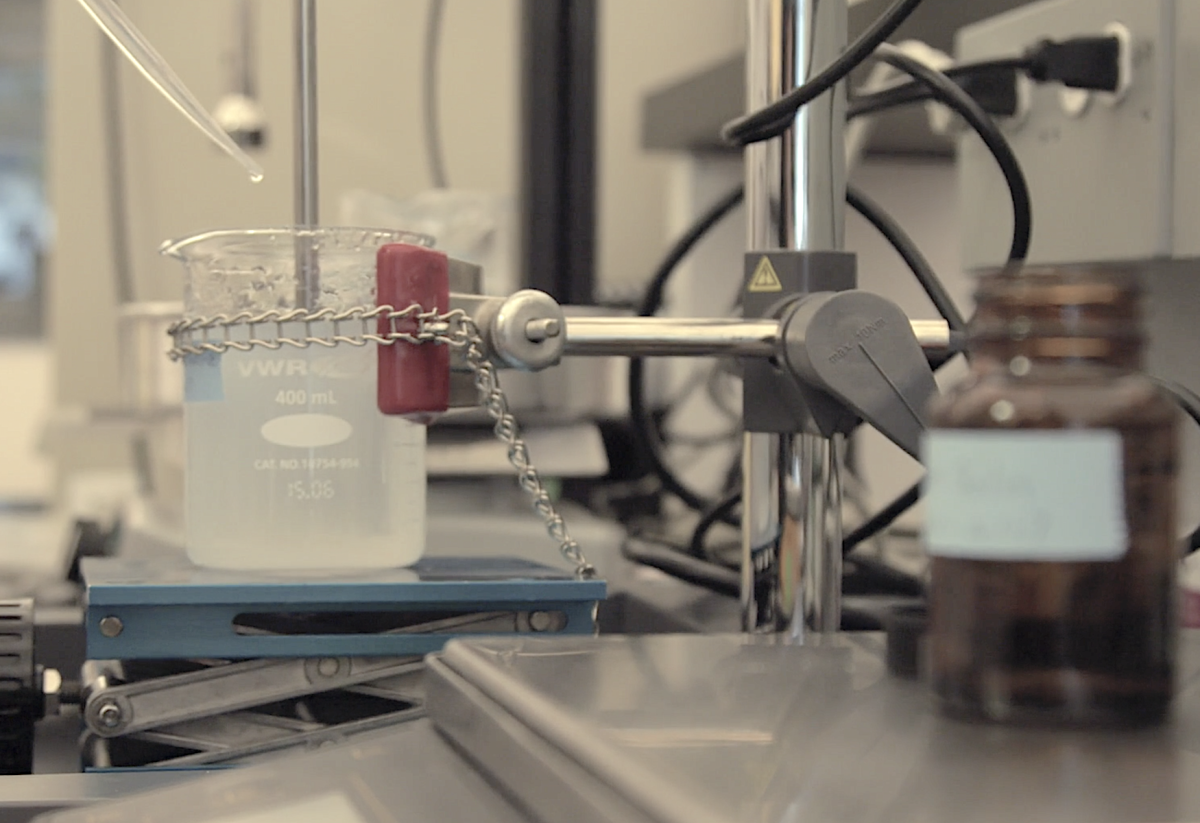In the realm of medical treatment, drug delivery methods have come a long way. Two methods that often raise questions are topical and transdermal drug delivery. While these terms might sound similar, they represent distinct approaches with unique mechanisms and applications. In this article, we’re going to delve into the differences between topical and transdermal drug delivery.
Understanding Topical Drug Delivery
Topical drug delivery involves applying medications directly onto the skin’s surface. The goal is to target a specific area, such as a skin condition or a localized ailment, while minimizing the impact on the rest of the body. Various formulations like creams, ointments, gels, and lotions are used to ensure effective drug absorption through the skin.
Mechanism: The skin is composed of multiple layers, with the outermost layer called the stratum corneum. Topical drugs primarily work by permeating this layer. They do not typically enter the bloodstream in significant amounts, thus minimizing systemic effects. Instead, they act locally, addressing the problem area directly.
Advantages:
- Localized Treatment: Topical treatments are ideal for conditions that require focused therapy, like skin infections, rashes, and minor wounds.
- Reduced Systemic Side Effects: The risk of systemic side effects is minimized as the drug doesn’t extensively enter the bloodstream.
- Ease of Application: Creams, ointments, and other topical formulations are easy to apply and convenient for patients.
Applications: Topical drug delivery finds its applications in dermatology (skin conditions), pain relief (local analgesics), and wound healing.
Exploring Transdermal Drug Delivery
Transdermal drug delivery, on the other hand, is a more specialized approach. It involves delivering medications through the skin and into the bloodstream for systemic effects. Transdermal patches are the most common form of this delivery method. These patches are designed to release a controlled amount of medication over time, ensuring a steady therapeutic dose.
Mechanism: Transdermal patches are made up of layers that control drug release. They are placed on the skin’s surface, and the medication permeates the skin’s layers to enter the bloodstream. This method allows the drug to bypass the digestive system, avoiding issues like stomach upset or metabolism by the liver.
Advantages:
- Consistent Drug Levels: Transdermal patches provide a consistent dose of medication over a specified time, leading to stable blood levels.
- Convenience: Patches offer convenience as they require less frequent dosing compared to oral medications.
- Systemic Treatment: Transdermal delivery is used for conditions requiring systemic effects, like hormone replacement therapy, nicotine replacement therapy, and pain management.
Applications: Transdermal delivery is used for hormonal therapies (contraceptives, hormone replacement), pain management (opioid patches), and smoking cessation.
In summary, the difference between topical and transdermal drug delivery lies in their intended effects. Topical delivery targets local issues through skin penetration, whereas transdermal delivery aims for systemic effects via controlled drug release into the bloodstream. The choice between these methods depends on the desired outcome of treatment. As medical research continues to advance, both approaches contribute significantly to enhancing patient care and quality of life.

